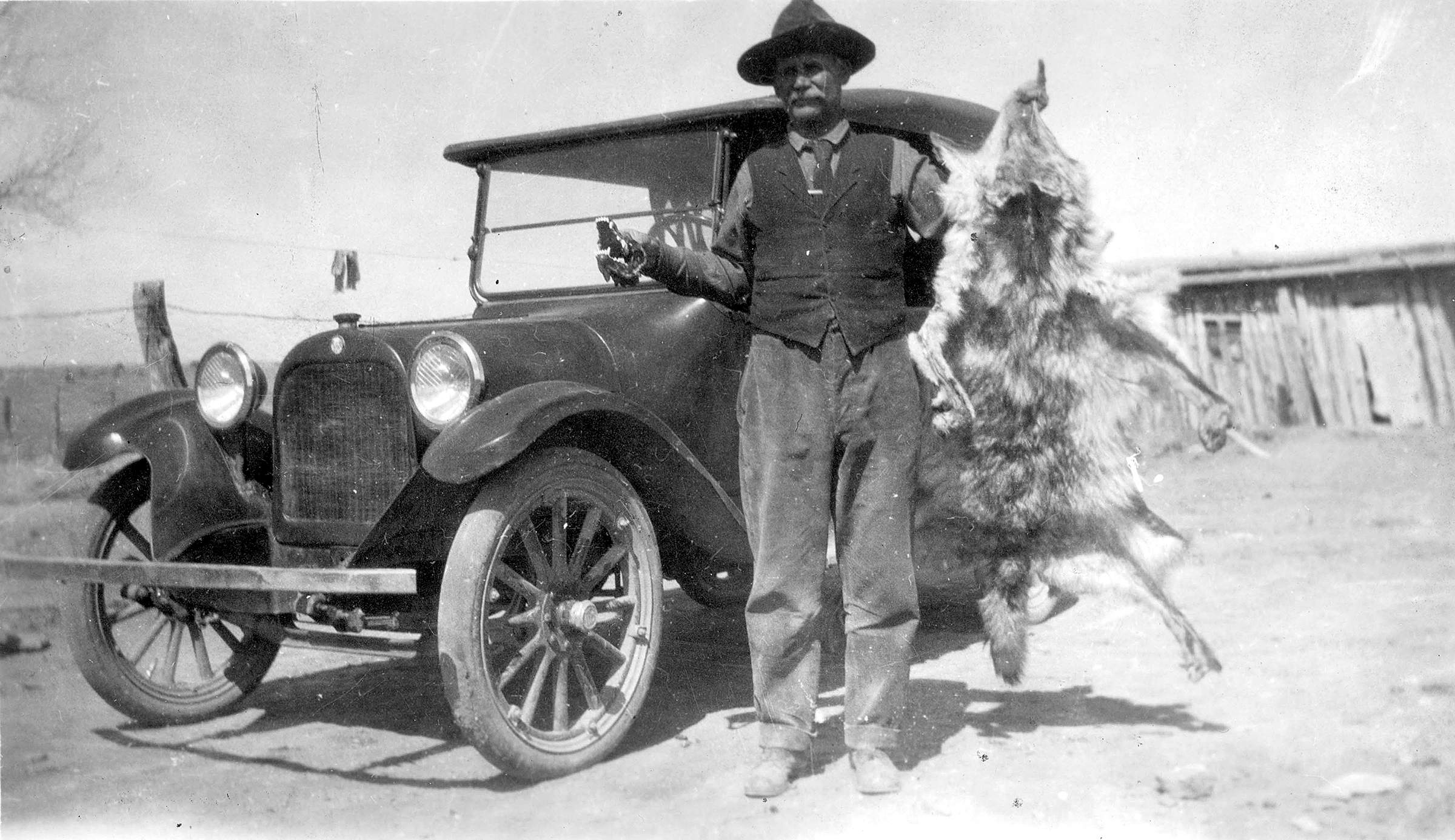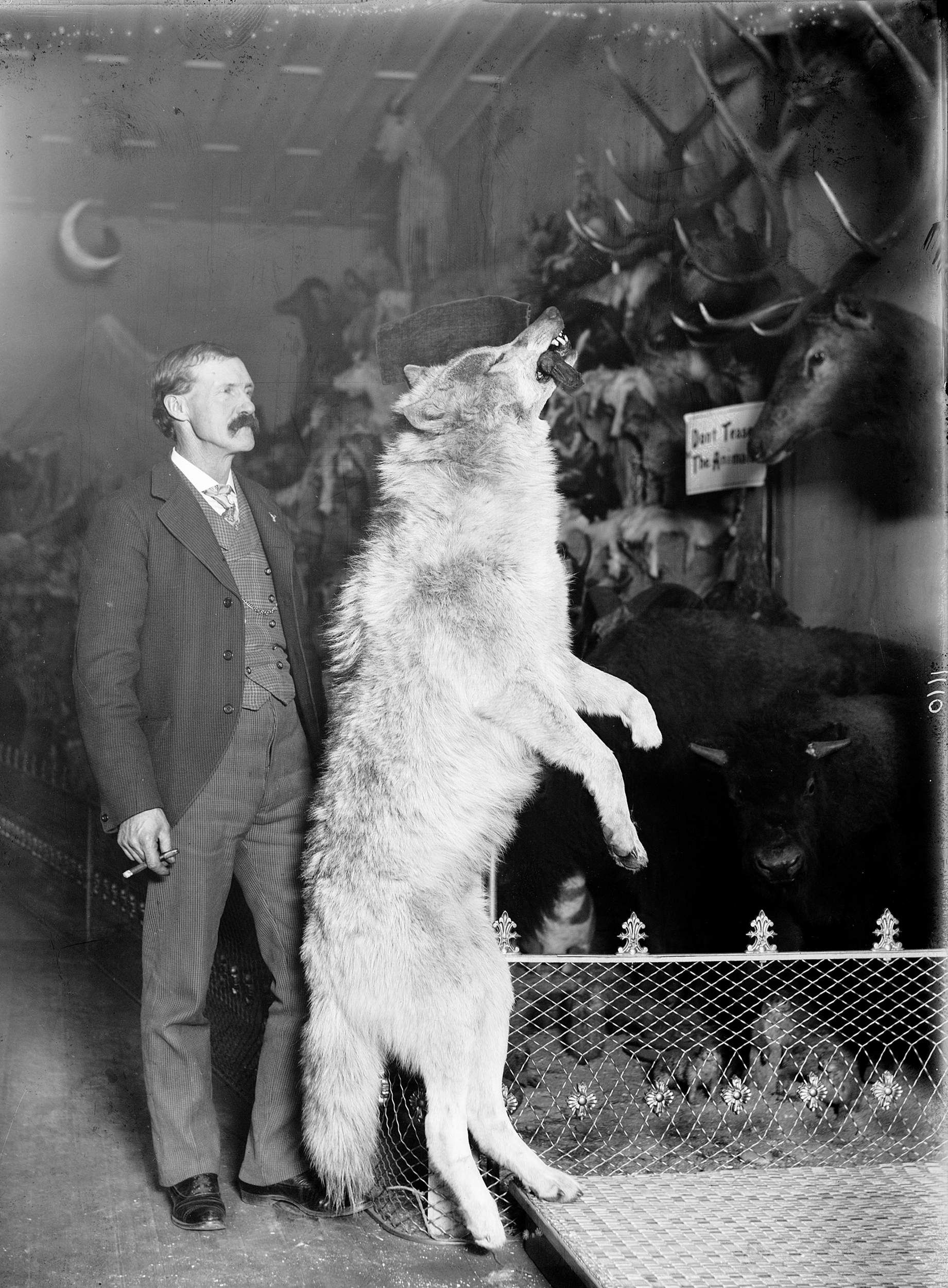The above graphic pretty much lays to rest the fairy tales spread by Ranchers that We didnt have Large Wolves in the Lower 48 in its earlier years.
In Colorado, we have 12 streams named Wolf Creek, yet officially, we have no wolves in our state.
A reprint of a rare book helps to explain the loss of Colorado’s wolves, and the Durango Wolf Symposium at Fort Lewis College will provide diverse perspectives on wolf ecology. Join us on campus Nov. 29 for the two-day event.
If you go
The Durango Wolf Symposium will be held Nov. 29-30 at Fort Lewis College, 1000 Rim Drive.
The symposium aims to improve public understanding of gray wolf behavior, ecology and options for re-establishing the species in Colorado. The goal is to share facts, ideas and thoughts about what Colorado might look like with wolves again roaming the wilderness.
For more information and a complete schedule of events, visit bit.ly/co-wolf.
“The Last Stand of the Pack” is now back in print, published by the University Press of Colorado in a critical edition edited by me and Tom Wolf. All of Carhart’s original words are there, and we added new essays on the eco-possibilities of wolf re-introduction.
The Bureau of Biological Survey claimed to have killed Colorado’s last wolf in 1935. Scholar Michael Robinson believed the date was 1945 in Conejos County. Either way, it has been decades since Colorado’s mountains have heard the full-throated howls of a wolf pack on a moonlit night, but that may be changing. Single wolves are returning to their former habitat and a breeding pair may meet in the next decade.
With raw words, sparing no blood, Carhart described the last wolves killed in Colorado. This was nature writing at its best. Carhart made clear the economic losses suffered by ranchers and their visceral animosity toward wolves. Always on the run, harassing livestock because of the depletion in game, the last wolves had names like Old Lefty from Eagle County, the Phantom Wolf near Fruita, the Greenhorn Wolf south of Pueblo, the Unaweep Wolf from Unaweep Canyon, Big Foot at DeBeque, Old Whitey near Trinidad and Rags the Digger at Cathedral Bluffs in Rio Blanco County.

Wolves harassed livestock because wild game populations had dramatically dropped. Most of Colorado’s elk had been shot and killed by market hunters, who were paid 10 cents a pound for elk, deer and antelope. Today’s elk herds evolved from elk transplanted from Montana and Wyoming. The state’s elk herds are doing fine, but there are rising fears of chronic wasting disease. How to combat the disease? Introduce gray wolves to cull the weak, the young and the sick. Wolves can help restore our Colorado ecosystems. As a deer and elk hunter, I want wolves back.

Comments
Pingback: Can we learn to live with wolves again? | Protect The Wolves